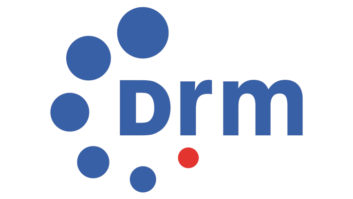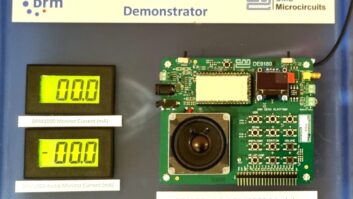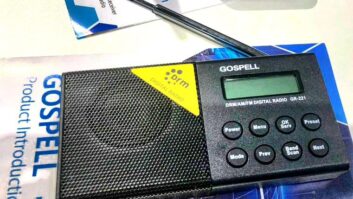Dear Editor,
On page 4 of the Nov. 16 issue, Radio World featured the thoughts of Mr. Ben Downs regarding the need for a significant change in the delivery system of AM broadcasting (“Downs Advocates for AM Solutions”).
Mr. Downs can be of good cheer since there is a proven alternative to amplitude modulation. This system is called Digital Radio Mondiale, or DRM.
I am sure Radio World staff is fully aware of DRM, although it is mentioned nowhere in Downs’ interview. For completeness I remind you of the following qualifications of DRM as the replacement of amplitude modulation:
— DRM delivers FM broadcast-quality audio. It is in use today by major European broadcasters (BBC, Radio Netherlands, Radio France International, Voice of Germany, Voice of Russia) as an alternative to amplitude modulation for long-wave, medium-wave and shortwave broadcasts. Experimental testing is being conducted at VHF frequencies as an alternative to the 200 kHz conventional FM signal.
— The DRM signal is 10 kHz in width, the same bandwidth of a double-sideband AM signal. No significant change is needed to the broadcast radio laws for its adoption since bandwidth and channel allocations go unchanged.
— DRM is an open-source digital system and has no license fees associated with its use.
— U.S. company Continental Electronics has already developed and is fielding DRM transmitters in other countries. Mr. Downs should drive over to Dallas and see what is going on in his “backyard.”
— Asian and European countries are ready to adopt DRM to replace their AM broadcast system. Most likely India and China will adopt DRM and begin to manufacture receivers for DRM reception and decoding of signals for their civilian markets.
DRM does not need new allocated frequencies or greater radio bandwidth for its adoption. It can in almost every case simply be tuned and connected to the existing station antenna on its existing frequency.
DRM is indeed a very merry message for the problems facing Mr. Downs and all AM stations.
James V. Heck
McAllen, Texas
The writer is retired director of engineering of Radio HCJB-Quito, Ecuador, and World Radio Network












